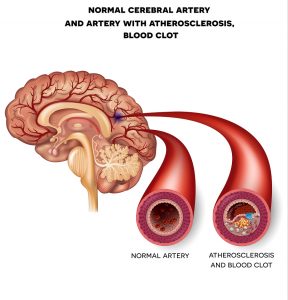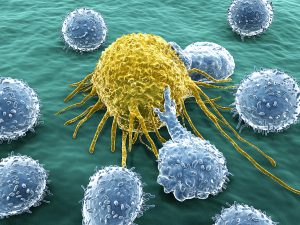A new study was published May 2019 in the magazine Nature showing that there is now more obesity in rural areas. In the mid 1980’s when the first reports came out about obesity, this was not the case. It actually was the opposite: there were more cases of obesity in cities compared to rural areas. The study was also reviewed in Medical News Today.
The new worldwide obesity study was done by the Imperial College London in the United Kingdom. Researchers studied 112 million adults. The study population came from 200 countries and territories. The study covered 32 years from 1985 to 2017. More than 1000 scientists conducted this study worldwide.
Findings of the obesity study
Circumstances changed regarding obesity since the 1980’s
The previous finding in the mid 1980’s that the urban population was leading the obesity wave was now reversed. There is now more obesity in rural areas while the urban population is eating more balanced meals. The population in rural areas of low- and middle-income countries are now accounting for 80% of the word obesity.
Objective increase of BMI over 32 years
The degree of being overweight or obese is best determined by the body mass index. This is the person’s weight in kilograms, divided by the height in meters, but squared. On this scale a normal BMI is 20.0 to 25.0, being overweight is from 25.1 to 29.9 and obesity is 30.0 or higher. Women’s BMI has increased by 2.0 kilograms per square meter (kg/m2), while the men’s BMI has risen by 2.2 kg/m2 for both sexes over the study period. In rural areas the BMI has risen by 2.1 kg/m2 while in urban areas, the average BMI of women rose by 1.3 kg/m2 and for men by 1.6 kg/m2.
Healthier lifestyle in cities compared to rural areas
The BMI in high-income countries has grown particularly in rural areas. Prof. Ezzati commented to this: “In fact, cities provide a wealth of opportunities for better nutrition, more physical exercise and recreation, and overall improved health.”
More obese women in urban centers of sub-Saharan Africa
In sub-Saharan Africa there is an opposite trend compared to other countries. In Africa the women in urban centers are getting obese while their counterparts in rural Africa have less problems with obesity. The researchers thought that this is due to city women moving less and sitting at desks etc. In contrast women in the rural areas of sub-Saharan Africa are doing more physically demanding tasks.
What are the issues about obesity?
The problem is that people who turn obese eat the wrong foods. The problem is often that they eat too much sugar and too many starchy foods. Here is my remedy to prevent obesity.
1. Cut out sugar. Cut out highly refined starches. This prevents diabetes, heart attacks and strokes.
2. Avoid red meat and processed meats: this reduces the risk of colorectal cancer.
3. Eat clean foods: organic vegetables or your own vegetables grown in your garden; organic salad; grass-fed beef once per week (not more often); organic chicken and turkey; bison meat once every week or every two weeks; wild salmon two to three times per week.
4. If you exercise regularly on top of eating healthy foods, you can drastically reduce many illnesses and diseases compared to those who don’t.
Remove the majority of starchy foods from your diet
I wrote about avoidance of highly refined starches. I cut out starchy foods as they digested into sugar and give you an insulin response causing hyperinsulinism, inflammation in your arteries, strokes, heart attacks and Alzheimer’s. If you can do it and you don’t want those diseases: cut out wheat and wheat products especially white flour; pasta, bread, baked good. Potatoes, white rice and refined cereal are also problematical. I have avoided this since 2001 and lost 50 pounds. I kept my weight down since. My body mass index is between 21 and 22. I have energy, work out, and I don’t miss these items. Re-evaluate your food habits, and next clean out your pantry!
Conclusion
An international study examined the rate of obesity in 200 countries, involving 112 million people over a long time span, namely over 32 years. While in the mid 1980’s most obese patients lived in big cities around the world, this pattern has changed. Now there is more obesity in rural areas. People in the cities are learning more about healthy nutrition and they have more access to fitness centers. In order to tackle the obesity problem people must learn the difference between nutritious food and junk food. You need to cut out sugar as much as possible. It is the biggest offender and contributes to a list of health problems. But you need to remove processed food from your diet, because it contains sugar and unhealthy fats. Red meat and processed meats are also unhealthy and should be removed.
What to eat
Eat clean foods such as organic vegetables or your own vegetables grown in your garden. Buy at farmers’ markets, if they are in your area. Consume organic greens. If you cannot live without red meat, limit your consumption to grass-fed beef once per week (not more often); organic chicken and turkey; bison meat once every week or every two weeks, and enjoy wild salmon two to three times per week. It is easier to do than you think, prevents obesity and keeps you healthy until a ripe old age.















